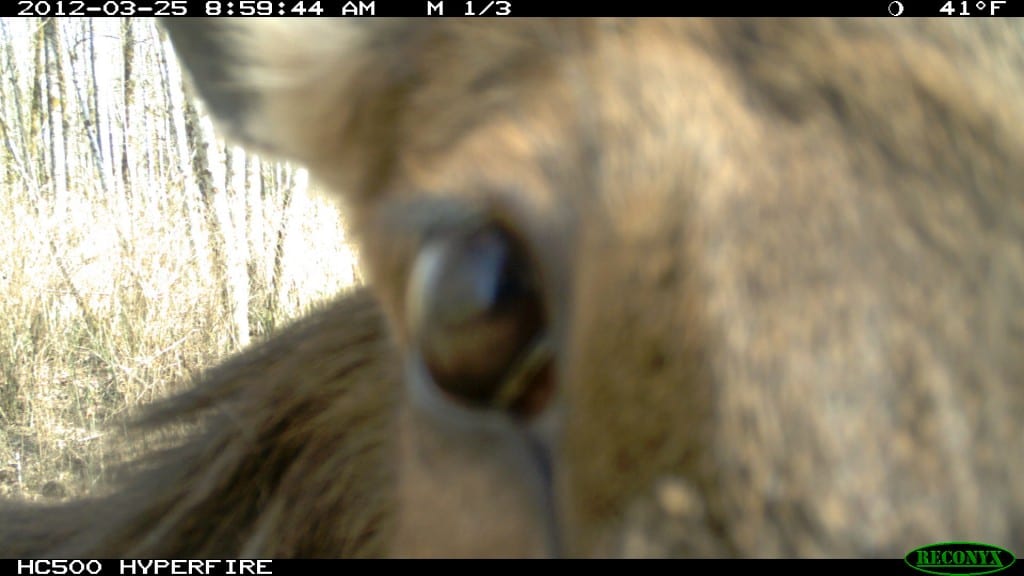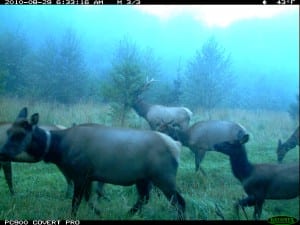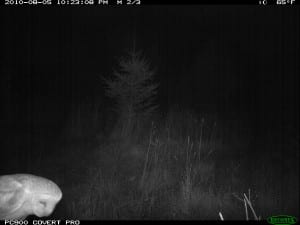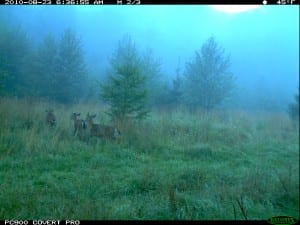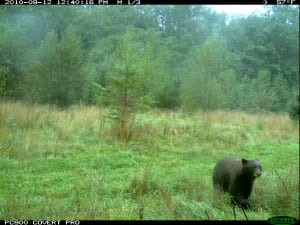Technology is providing Seattle City Light a better understanding of the wildlife that lives on some of the utility’s property in the Skagit River watershed.
Motion-activated cameras are one of the tools utility biologists are using to monitor its fish and wildlife areas.
“Photos from the cameras give us an indication of how often common species use these lands,” City Light Wildlife Biologist Ron Tressler said. “Also, these cameras sometimes detect more elusive species and animals that are difficult for us to spot on our own because they are more active at night or have large home ranges.” Elk, black bear, deer, coyotes and a barn owl are among the animals City Light biologists have photographed recently.
Seattle City Light has acquired more than 10,000 acres of land in the Skagit River watershed to preserve and enhance wildlife and fish habitat. This effort is one of the requirements of the license to operate the Skagit Hydroelectric Project. The utility coordinates this work with a committee, which includes representatives from federal and state agencies, tribes, and non-governmental organizations that signed the settlement agreement for the license back in the early 1990s.
When City Light acquires land for mitigation, it is often degraded from past land uses and needs to be restored to improve habitat conditions.
To properly manage these lands, City Light periodically conducts surveys to identify which species use different areas and how they use various habitats.
“When we understand how these animals are using the land, we can better assess the effectiveness of our management activities and make adjustments when needed,” Tressler said. “The goal is to maintain high-quality habitat so a wide range of native wildlife species can thrive.”
This spring, City Light has used motion-detection cameras on three of its properties along the Skagit River. This monitoring found regular use of the properties by deer and elk, including a herd of at least 30 elk in one of the pastures. At another property, City Light worked with the Skagit area tribes during the last three years to assess a habitat improvement project in a small remnant pasture. Cameras monitored for close to two years found increased frequency of deer and elk use.
The utility is also using the cameras as a tool to monitor properties that are periodically subjected to vandalism, tree theft, illegal garbage dumping, and trespass by ATV riders and trucks behind locked gates.
Seattle City Light funds wildlife research grants as part of the Skagit license requirements. Two recipients of City Light grants have used motion-activated cameras to document forest carnivores at scented stations in the North Cascades National Park, including black bear, pine marten and the rare wolverine.
